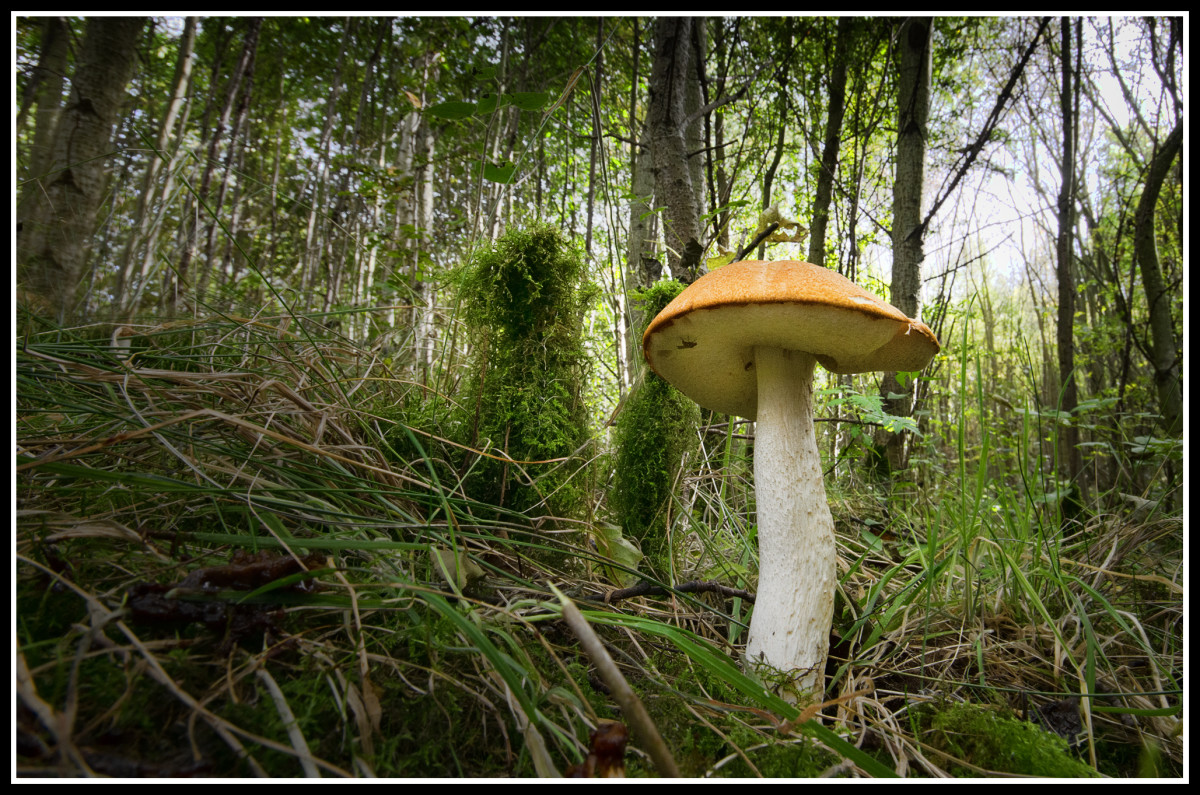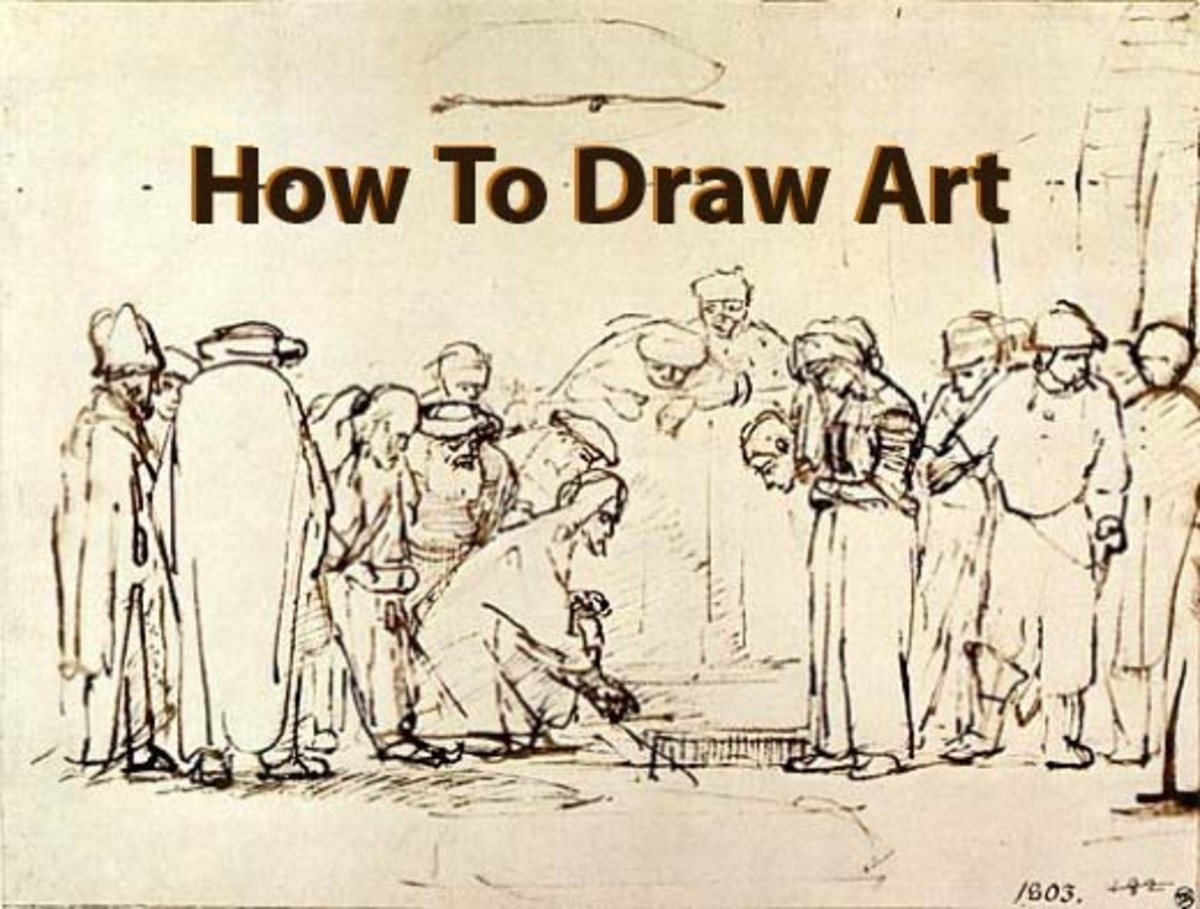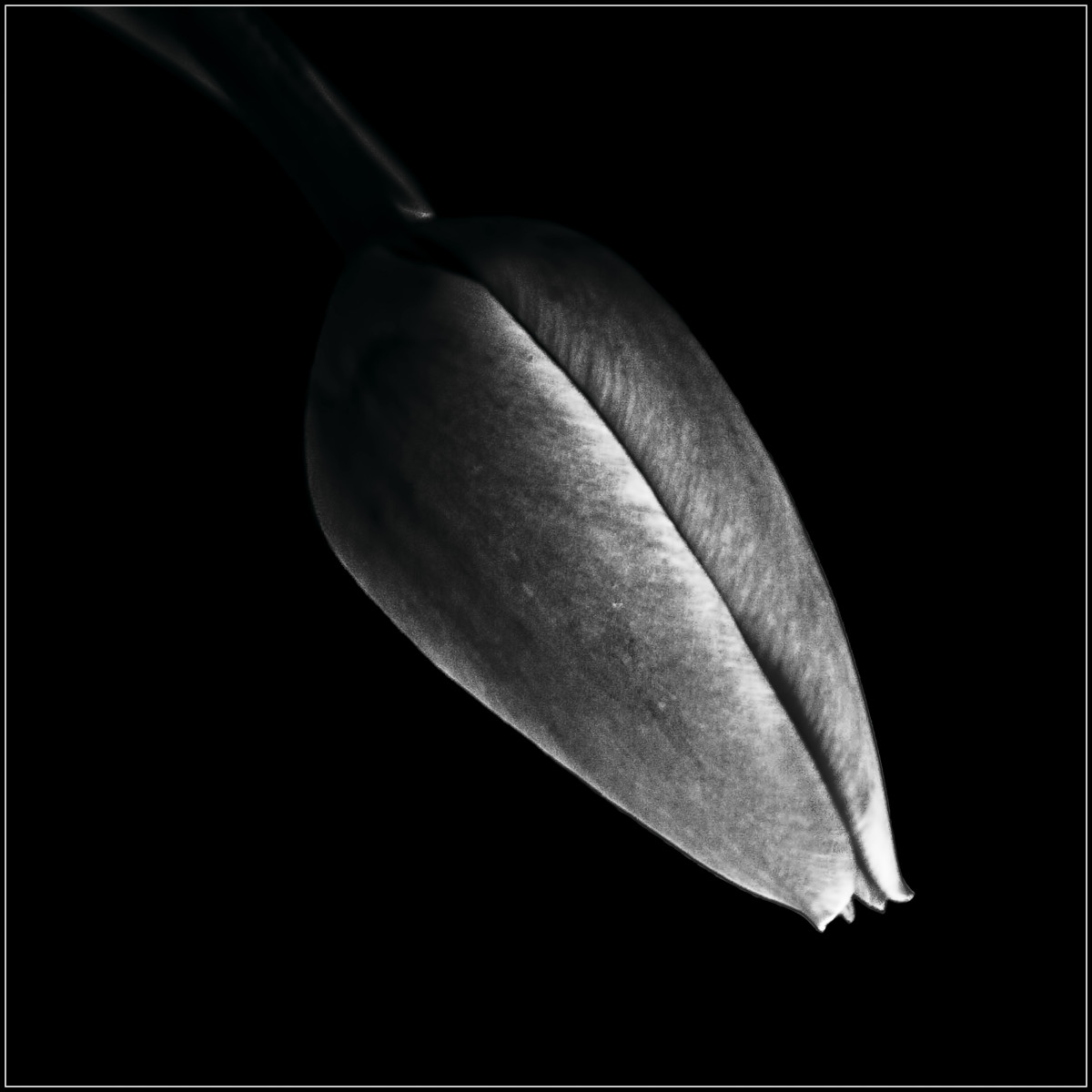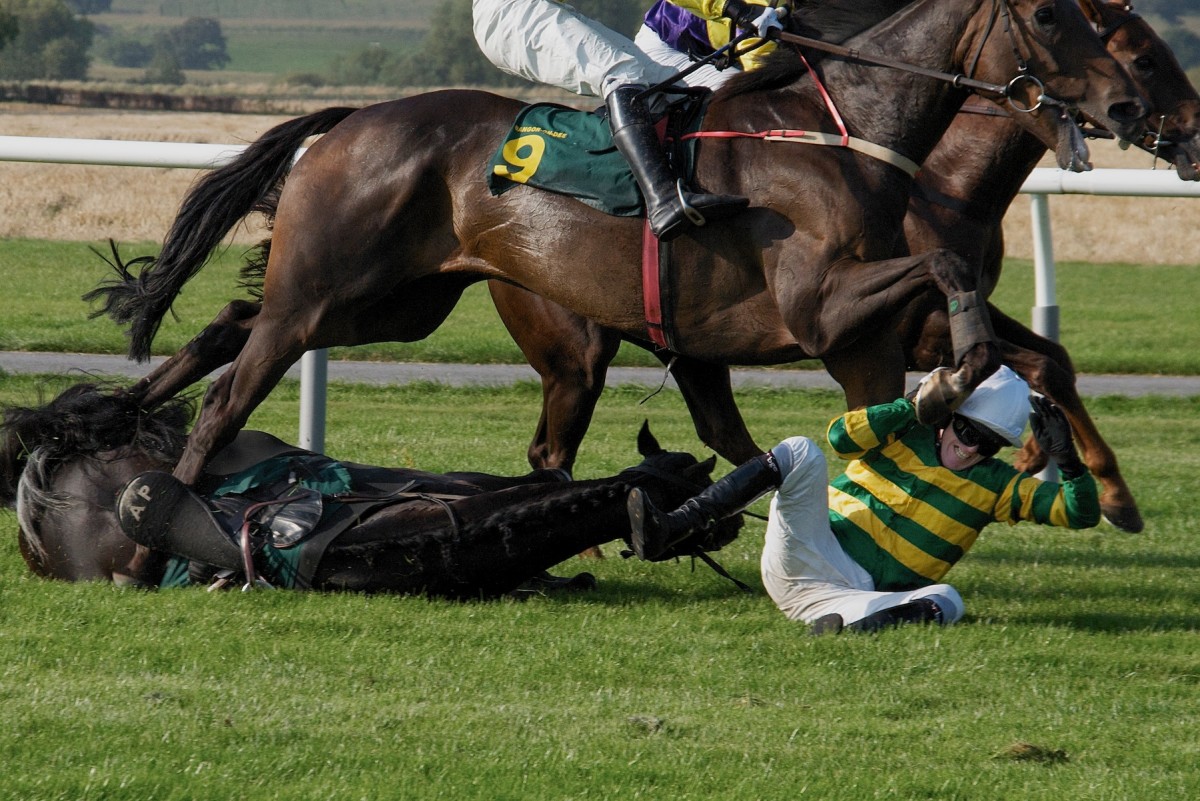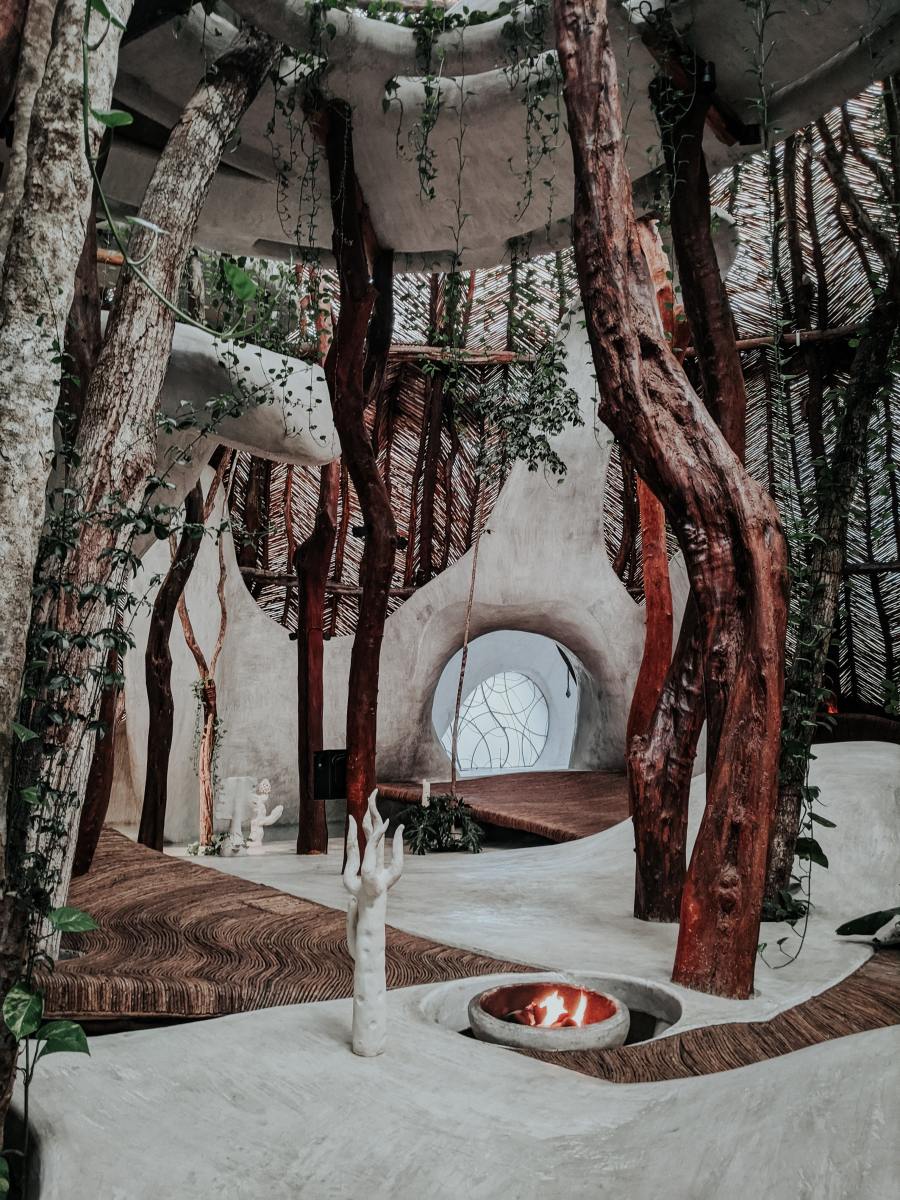Tips for Photographic Composition and Design
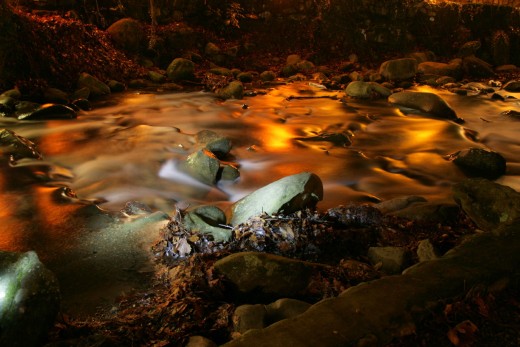
Composition & Design
Design and composition in photography simply refers to how the photographer, by using the viewfinder, imagination, creativity and available subjects, arranges the elements of the photograph to create a visually stimulating image.
In every photograph, the subject is the main element which attracts the viewer to the photo. Keeping the viewers attention depends on a few more things.
Rule of Thirds. This is one of the most important or talked about rules in photography. It refers to the "drawing" of an imaginary set of lines through the shot, in other words one divides the shot into thirds with horizontal & vertical lines. Where the parallel lines meet forms points of reference where the subject of the shot should be placed.
This is a time tested rule which offers generally good results. Professionals however, have obtained excellent results by purposely breaking this rule.
Positive & Negative Space: Also know as full / empty space. The area that is taken by the main subject is referred to as the positive or full space with the rest being the negative or empty space. This is often what makes or breaks a photo.
Too much background or negative space can distract from the main subject, too little and the subject bears no reference to its surrounding.
The best photographs are those that balance positive and negative space. They tell a story. Most professionals will tell you that the best photos are simple photos. Care should be used in composition to avoid including distracting elements which do not add to the photo, rather they distract the eye from the subject.
I have seen many photos that were negatively impacted by careless framing, very typical is a tree branch that enters the shot and distracts the attention from the main subject or a holding clip meant to hold the flower in place being accidentally included in the shot. However, thanks to today's technology this can be fixed.
Backgrounds play an important part in any photograph, but they should be included in the shot as much as their inclusion would compliment the shot.
Be attentive to the color of your subject and the color of the background, one can be lost inside the other, i.e a red rose against a red wall. Instead use colors that either complement each other or at least bring contrast to the finished product.
This is easier said than done when it comes to nature photography and heavily dependent on the location as a large number of fauna have developed colors that blend to their surroundings.
A notable exception would be black backgrounds, as their use brings out an " artistic touch" to the photo. A simple technique to use outdoors is to position the subject far away from the background with the use of a wide aperture and tight composition on the subject.
Photo-framing: Depending on the position and size of the subject being photographed, you should consider taking several shots,some vertical and some in horizontal formats. If your subjects are tall, vertical formats will add to the shot, horizontals will distract.
The same holds true for slim and heavy subjects, again if there are details that add to the shot, do include them regardless of the format.

For Further Reading
- 10 rules of photo composition (and why they work) | Digital Camera World
Photo composition is subjective, but a few tips can ensure you a strong picture every time. Here are the key rules of photo composition and why they work.
What did you think?
© 2011 Luis E Gonzalez




